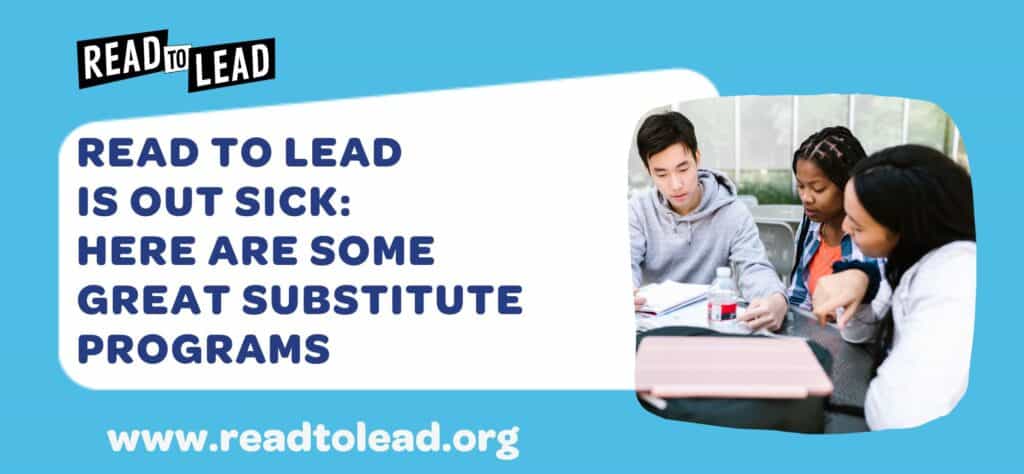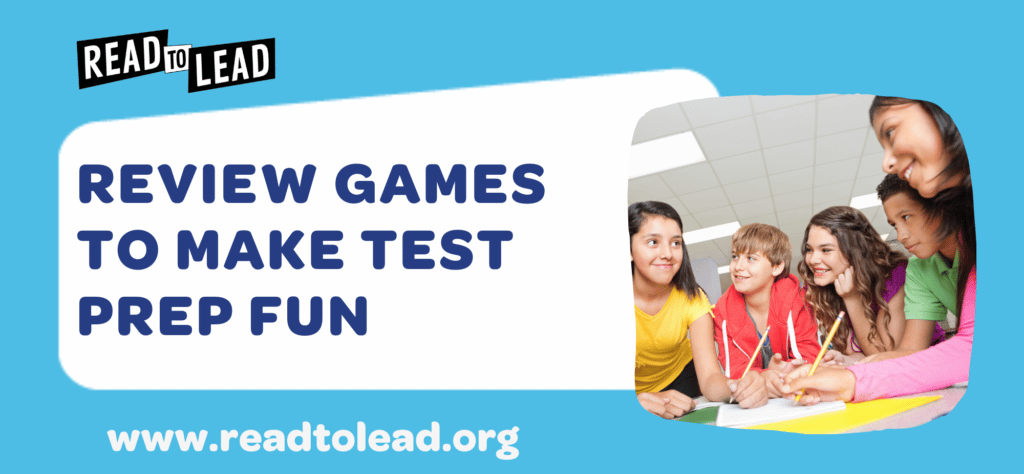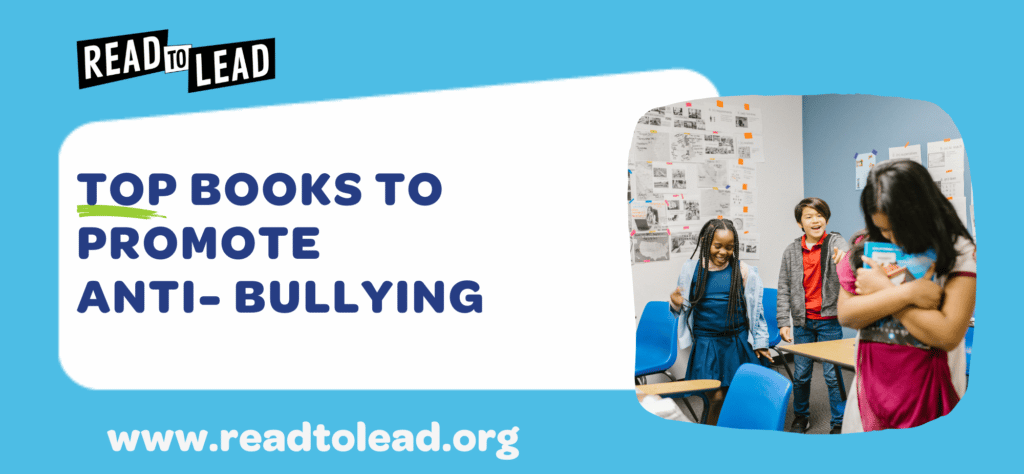
When we think of activism, we often imagine people protesting in the streets, or holding placards demanding change. While that is one aspect of activism, community activism encompasses much more. Community activism is an important element of civic engagement and an effective tool in helping drive the change we want to see in our communities and in the world.
So what exactly is community activism?
Primarily focused on people within a certain social unit working to enact positive growth and change, community activism has always been an essential cornerstone of civil society. It seeks to bridge the gaps between state and market, by empowering citizens to bring about social, economic, political, or environmental change.
Why Community Activism Matters in Middle School
Particularly in middle school, students start learning more about the historical context for the world’s social problems and grapple with complex ideas that reveal modern problems do not often have simple solutions. As a result, they may start feeling overwhelmed and helpless.
It is at this critical juncture that community activism can be a source of empowerment and agency for students to create the change they would like to see in their own communities. This is a concrete opportunity for students to get involved, identify needs and lend their support to causes they care about, and generate tangible results.
Active Students, Future Leaders
Community activism can also be an avenue for students to hone their leadership skills and develop the 21st Century skills that they need to be successful in the workplace of tomorrow. The Center for Creative Leadership highlights strong self-awareness, collaboration and critical thinking skills, and courage to take action in the face of adversity as some of the most important qualities that leaders of tomorrow will need to have.
By immersing themselves in community activism, students will cultivate these skills, in addition to contributing to the betterment of society. Research has found that “activist community service-learning can be an extremely powerful pedagogical approach in higher education, particularly as it relates to the development of leadership attributes”. There is no denying that even students as young as middle school stand to benefit from engaging in such community activism and can nurture their leadership skills in the process.
Greta Thunberg, climate activist from the age of 15, is an excellent example of a student who has found a place amongst global leaders in pushing for solutions to address climate change. While not all of our students will achieve the level of recognition and success of Greta, there is no doubt that each of them has the potential to become leaders in their own communities.
Bringing Community Activism to the Classroom
There are a variety of ways in which we as educators can help students to get involved with community activism. Here are some easy ways to get started:
- Edutopia has a collection of projects and activities that can be introduced in the classroom to give students their first taste of community activism. From taking a closer look at privilege, to raising awareness about social issues in the local community, to engaging in advocacy or aid efforts for causes important to them, this is a great starting point for getting involved in community activism.
- Teaching Tolerance offers ready-to-use lesson plans to help students understand the concept of activism through group discussions and simple activities. There is also a series of lesson plans on art and activism, which explores different themes such as how art can be used to combat racial stereotypes, communicating messages of community activism through murals, and the importance of visual symbols in LGBT movements.
- Read to Lead offers students an immersive experience of community activism via an interactive platform. In Vital Signs, students learn about community activism in Games 1, 6, and 12, following the story arc of raising awareness about a local power plant that causes local residents to get sick. The wraparound lesson plan for Game 6 also gives students a starting point to create their own public service announcement.
Students get more exposure to community activism from a disaster relief lens in Community in Crisis. This series digs deeper into the various needs of a community and the ways in which people and organizations can pull together to help each other in times of crisis. The wraparound lesson for Game 2 also explores the definition of disaster relief and prompts students to think through examples of how to contribute.
To give students an opportunity to apply the skills they have acquired from leading their virtual community, the Read to Lead platform includes culminating community activism projects. Students work together or individually to develop a community service plan or create a public service announcement to help students see the relevance of what they have learned, while contributing to real causes in their community that they care about.
Building tomorrow’s leaders starts in today’s classrooms. As educators, we are in a unique position to introduce our young charges to community activism while at the same time nurturing their leadership skills. By incorporating lesson plans and activities that empower students to develop agency and connect with their communities, we can make a difference in our students lives. Ultimately, these efforts on our part can have an enormous impact in cultivating our students’ leadership skills and civic mindedness.
Get your students engaged in their community today and help them become the leaders of tomorrow – Click here to sign up for Read to Lead!
About Read to Lead
Read to Lead uses the power of game-based learning to empower middle school students to build literacy, life, and career skills. Teachers can sign up for a free account to get started!


